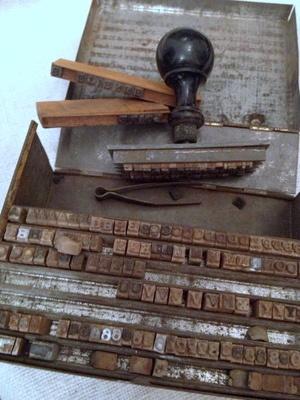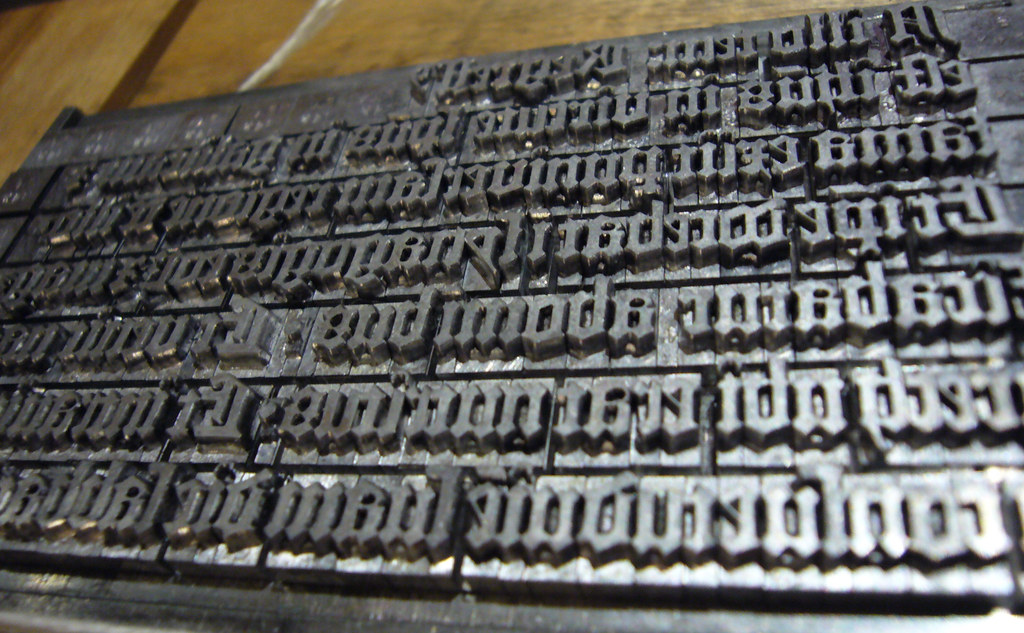

#Movable type how to
Gutenberg's printing system is widely regarded as the most important invention of the second millennium. TRY USING movable QUIZ Be TenaciousTake This Tough Word Of The Day Quiz START THE QUIZ How to use movable in a sentence A movable diaphragm is attached to a fixed plate, and both are charged and have electrodes attached. Movable Type was created by a husband and wife team with a single purpose: to create a powerful solution for the creation and management of web content. Plugin: Movable Type and TypePad Importer breaks all markdown posts on import. The Gutenberg Bible of 1455 was one of the first books printed using the new system, and printing subsequently spread rapidly across Europe. Movable Type has a wide-ranging portfolio of work with large/complex information sets, from classic database applications and database-sourced websites through. 20, 2023 /PRNewswire/ - The 'Injection Pen Market Forecast to 2028 - Global Analysis by Type, Therapy, and End User' report has been added to s offering. The relatively limited number of Western alphabetical letters made movable type more practicable than it was with thousands of Chinese characters. The use of movable metal type was also a much quicker method than the earlier use of a woodblock for each page. and is located at 20 Centerville Road, Warwick, RI 02886. The Registered Agent on file for this company is S. The companys filing status is listed as Active and its File Number is 001681363. Movable type was invented in China by Bi Sheng during the Northern Song Dynasty. Around 1450 Gutenberg created his own printing system, using a hand-operated printing press and metal movable type which could produce far more copies than woodblocks, with less deterioration. MOVABLE TYPE, LLC is a Rhode Island Domestic Limited-Liability Company filed on February 9, 2018. In Europe at this time, wood block printing had only just begun. This technique was pioneered in China using ceramic pieces in the 11th century the first movable metal type was produced in Korea in the 13th century, where the first book using this method was printed in 1377.


A printing system based on the use of separate elements to reproduce the individual symbols on a page.


 0 kommentar(er)
0 kommentar(er)
